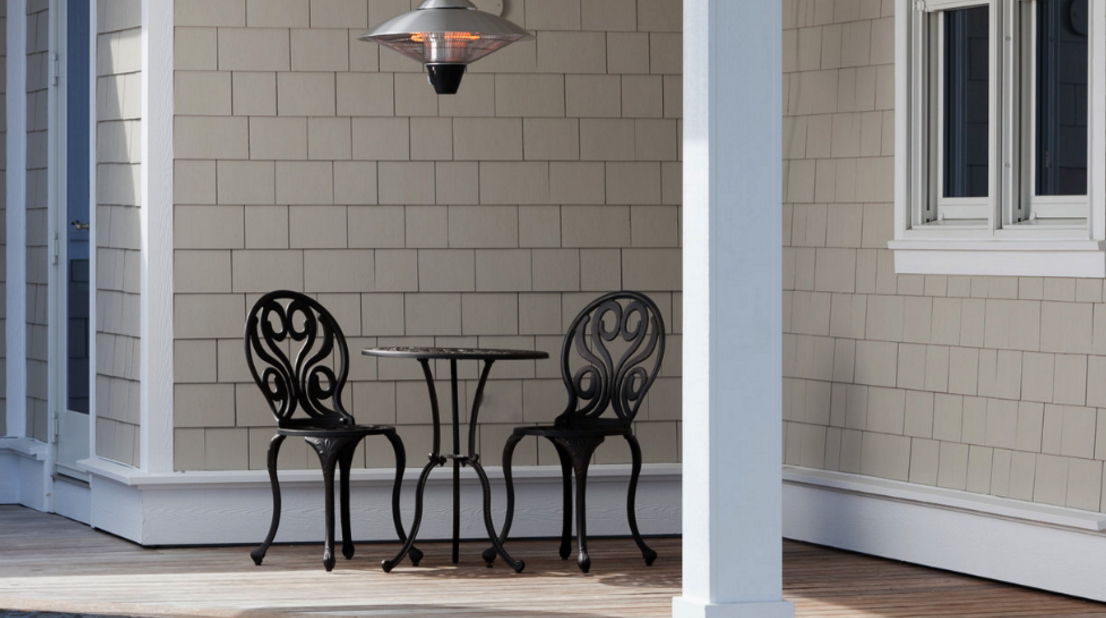The modern contemporary style is characterized by clean lines, with strong emphasis on the horizontal to both accentuate and create visual space. This style is both simple and elegant, relying heavily on contrasts of texture and color to create aesthetic balance. In this post, we’ll take a look at what elements you can introduce to your landscape design to capture this minimalistic effect for your Dutchess County home!
Not your kind of style? Check out: Country Rustic, or Zen, Modern Contemporary, and Farmhouse.
Colors
While many colors can be incorporated into this style, the modern contemporary palette places emphasis on high contrasts of color. Black, white, and shades of charcoal are frequently used, as well as darker shades of blue and brown. Darker coloring is often provided by the incorporation of wood (or composite decking materials) and natural stone such as granite, while lighter colors are provided with the use of sheer white, marble and lightly colored natural stone, concrete, and gravel. The use of durable modern metals such as aluminum and chrome are also commonly used as accents and functional features. And of course, splashes of bold colors (e.g. red or yellow) often work well.
Less is more for decorative features
Decorative features are rare in the modern contemporary landscape. Instead, the style relies on the natural details of materials, striking geometry, and contrasting textures and colors for decorative effect. Occasionally, a bold modern sculpture or sleek water feature can be used as a focal point. There is of course the swimming pool - which serves as the ultimate focal point! The lack of decorative features in a modern contemporary landscape means all the more attention is given to form and hardscaping. And all the more important to make sure it's done correctly, by a landscape professional!
Angles are good
Simple geometric forms are most common in the modern contemporary style with frequent use square or rectangular elements and the occasional bold curve or circle. Modern contemporary backyards will often avoid anything that distracts from its intentionally clean and uncluttered look.
Hardscaping
Dark stone such as granite or slate is frequently used in conjunction with wood and light grey pavers. Retaining walls are also a common feature. Although randomized laying patterns can be used to bring contrasts of texture, pavers are more frequently used to create a smooth, uniform surface consisting of large, regular squares packed closely together. Pavers for areas like walkways can feature large, rectangular slabs spaced further apart to emphasize their shape and strong horizontal lines. These can be separated with wide gaps packed with gravel or large loose stones for variation of texture.
Built-in furniture is common
Backyard furniture is often built into the hardscaping to once again reduce clutter. This frequently takes the form of wide benches fitted into the rectangular border of patios and outdoor living spaces. Stand-alone furniture can be added, in the form of geometric outdoor sofas, or contoured steel chairs (remember?: angles are good!).
Landscape lighting
Landscaping lighting is especially important in the modern contemporary landscape design, brightening up the space in the evening and highlighting the forms through light and shadow. Light fixtures are fitted unobtrusively into the hardscaping and retaining walls. The light fixtures are regularly spaced and provide a white, clean light. Use of different color light such as blue or purple can also be used to highlight water features or other areas of interest, but keep with the theme of less is more.
Plantings
The modern contemporary outdoor space features primarily low maintenance plants such as (e.g. hardy shrubs). A small and easy to maintain swathes of lawn can help finish off the look and make it ideal for the modern homeowner wanting to save time on garden maintenance! Small, evenly spaced trees and can also be used for variation in height. Planting color schemes usually revolve around two or three bold colors, particularly white red and yellow, rather than a large variety of color. Less is more!





